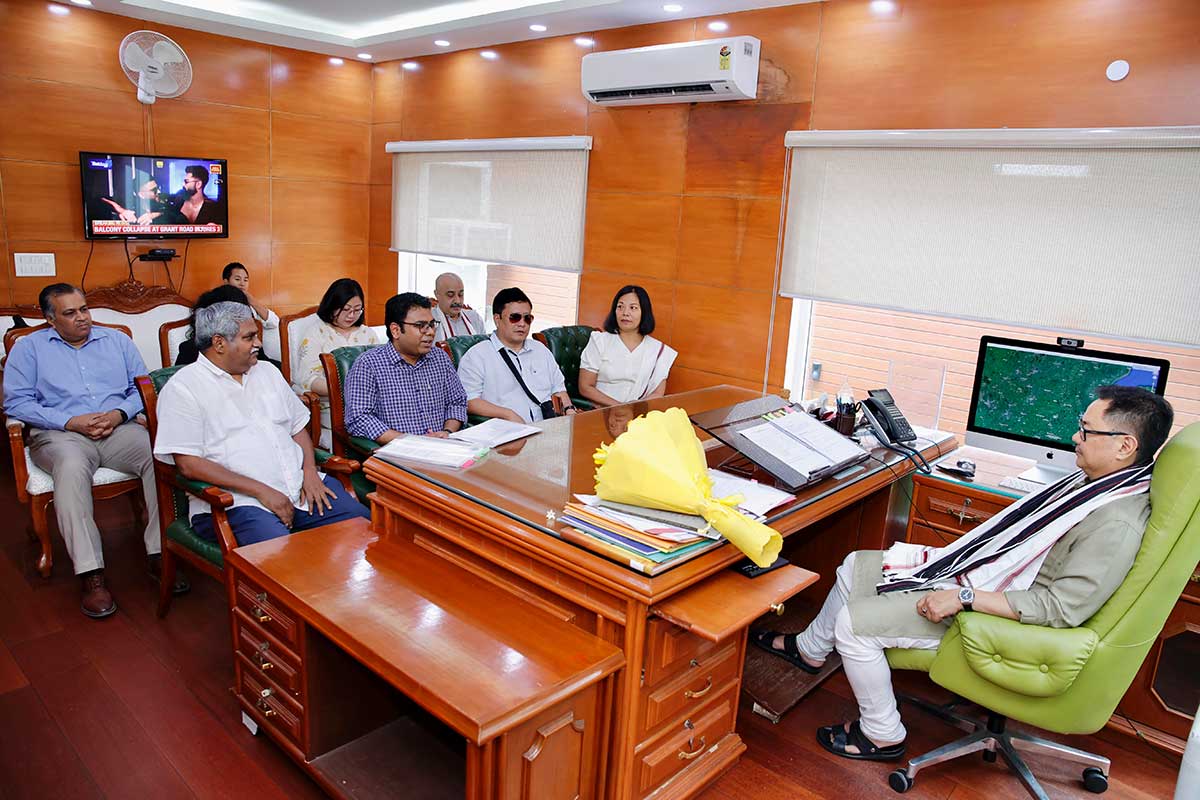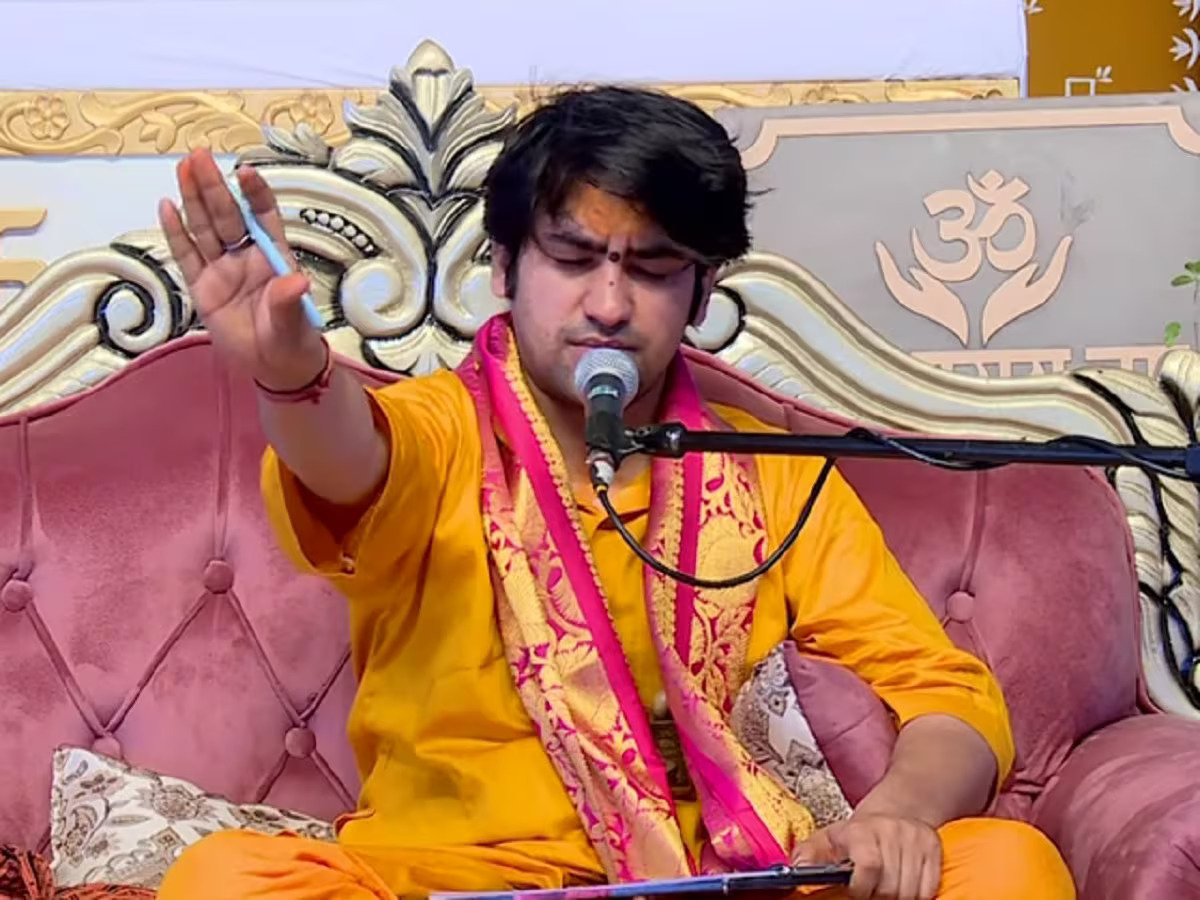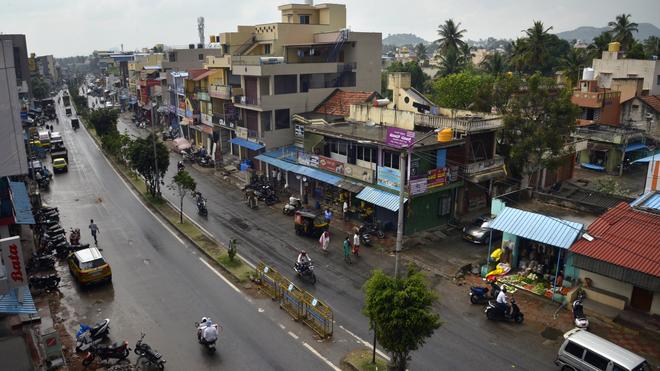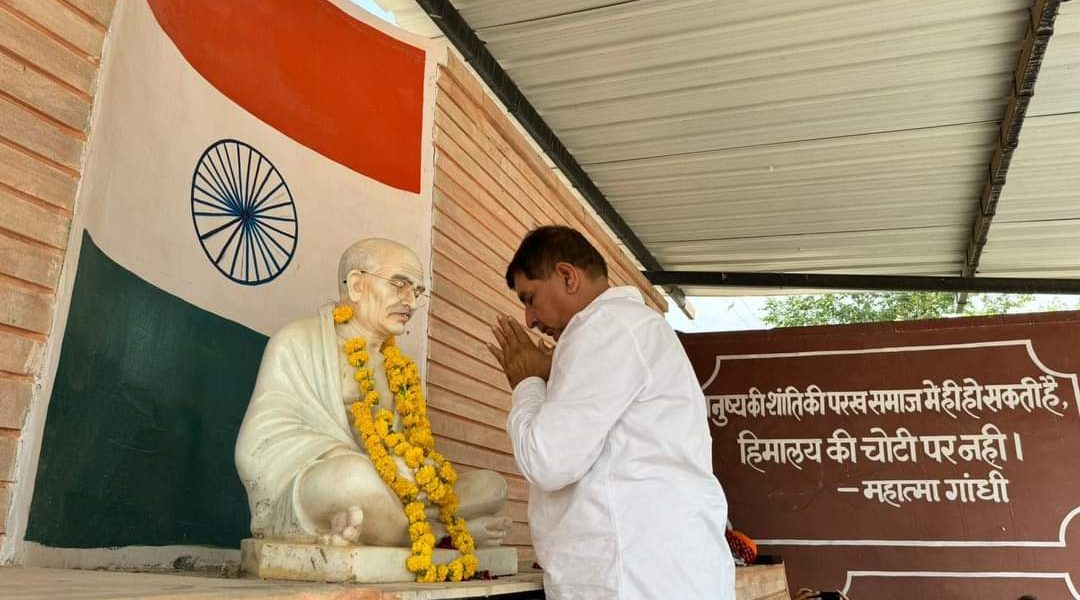By The Economist
India’s supreme court has been making waves. On February 21st it overturned the result of a mayoral election in Chandigarh, capital of the northern states of Punjab and Haryana, and chided an official loyal to the Bharatiya Janata Party (bjp) for having rigged the poll. Two days earlier it ordered the government of Narendra Modi to reverse a dilution in the rules protecting forestland. Last week it struck down electoral bonds, an opaque campaign-finance instrument that had mainly benefited the bjp.
These judgments highlight the court’s considerable power to challenge the government. India’s constitution makes it among the world’s most powerful supreme courts. Yet anyone counting on it emerging as a strong check on Mr Modi’s authoritarian drift is liable to be disappointed. The court has been much less willing to challenge the bjp government on its political priorities. Despite its recent activities, a combination of structural flaws and political pressure has severely diminished its role as an independent bulwark against the excesses of the ruling party.
The court’s power was damaged during Indira’s Gandhi’s more extreme spell of authoritarianism, the 21-month-long Emergency that the former prime minister declared in 1975. It has since clawed back most of the functions and prestige stripped from it at that time. And it has expanded its role beyond judicial review to include functions more commonly reserved for the legislature and executive, says Anuj Bhuwania, a legal scholar at the University of Leipzig. On occasion, the court has used these powers to advance an agenda at odds with the aims of Mr Modi’s government.
Examples of that include landmark rulings which decriminalised gay sex (though stopped short of legalising same-sex marriage) and advanced citizens’ rights to privacy. These arguably made India more progressive. Yet the court has been extremely reluctant to challenge Mr Modi on more hot-button issues. In December, for example, it approved the government’s move in 2019 to strip Jammu and Kashmir, previously India’s only Muslim-majority state, of its statehood and split it into two territories.
This story was originally published in economist.com. Read the full story here.





